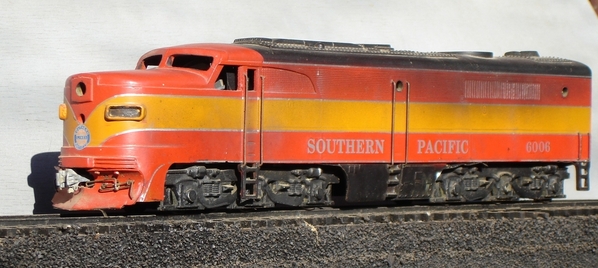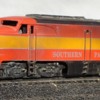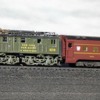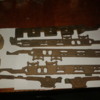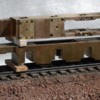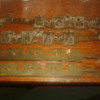Ladies and Gentlemen,
i have been on a quest to find out about Lobaugh. i stumbled into a few thousand parts of what i was told was Lobaugh. being in MI we are no where near the original factory. Through the forum i have seen a few pics of mostly steam related, learned who currently has the product line, (Stevenson). Know originally it was 2 rail O guage, the kit I keep showing was cast by A&S, and many were converted to 3 rail. I have no paperwork. only a couple of the pieces are stamped. on one cab some one did write Alco.
in the boxes were some kits which I enclosed pics of. They consisted of the shell desiel locomotive parts. The problem is the chasis , wheels, etc i think they are scattered with misc. steam model stuff. There are no apparent motor asm. at all. If any one can help fill in some more of the blanks i would appreciate it. Thanks in advance.






